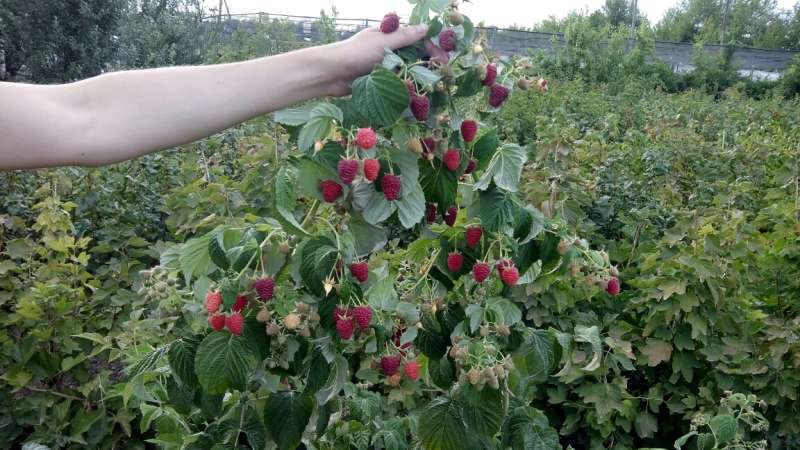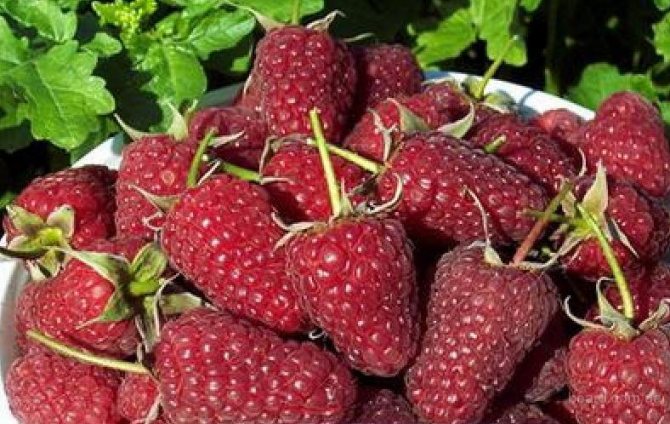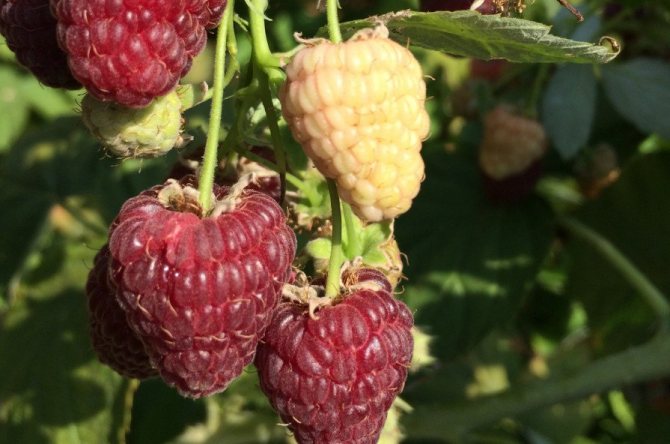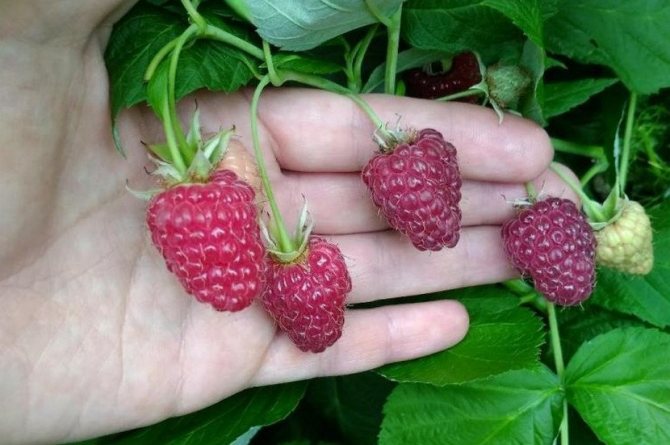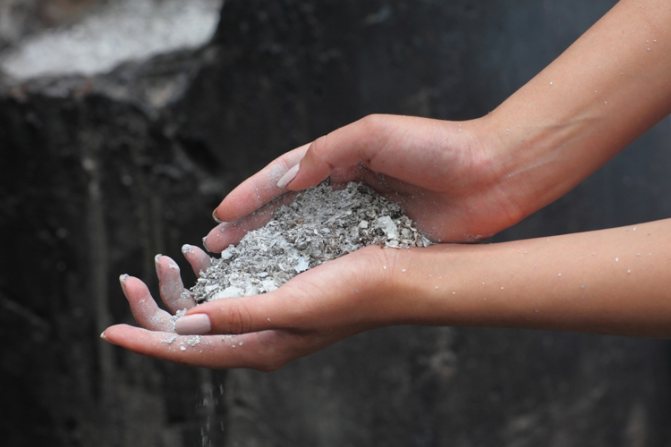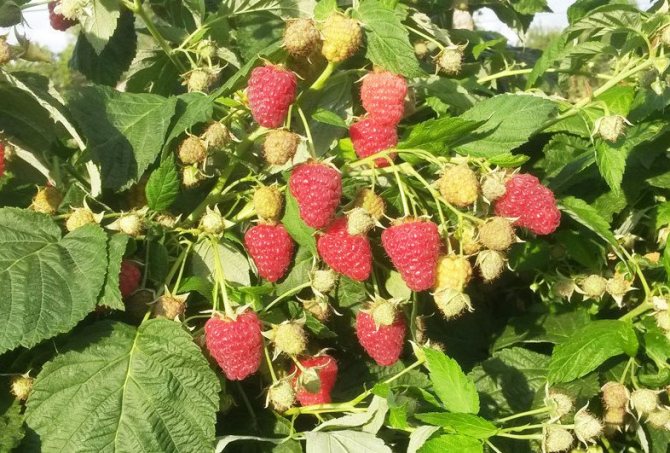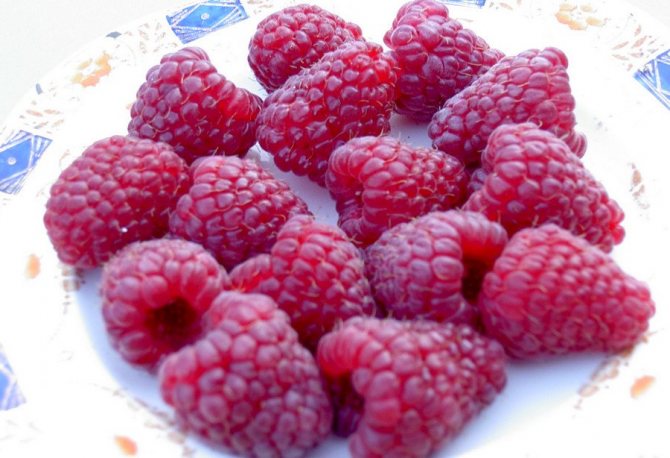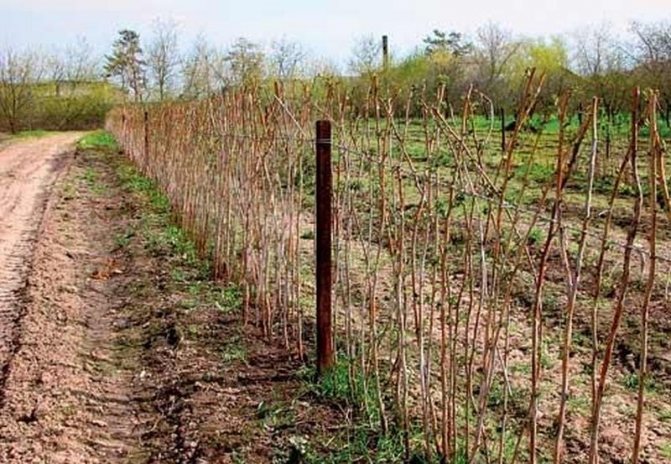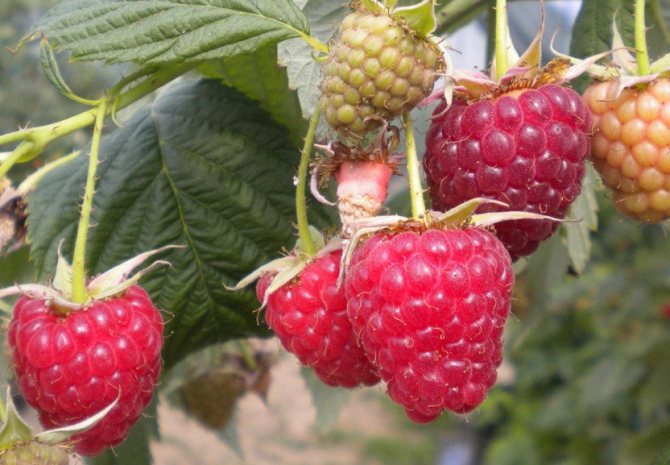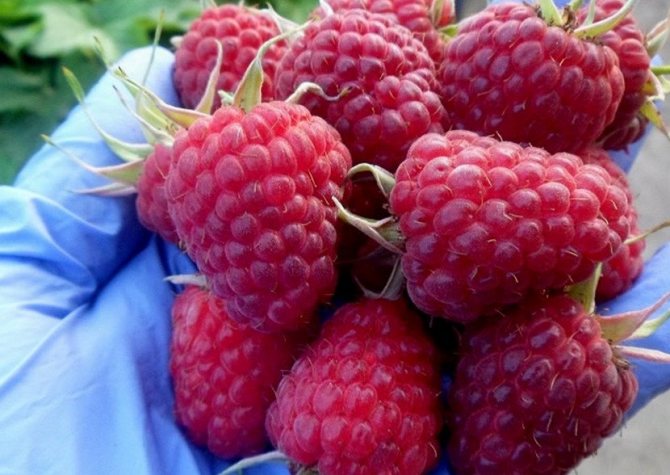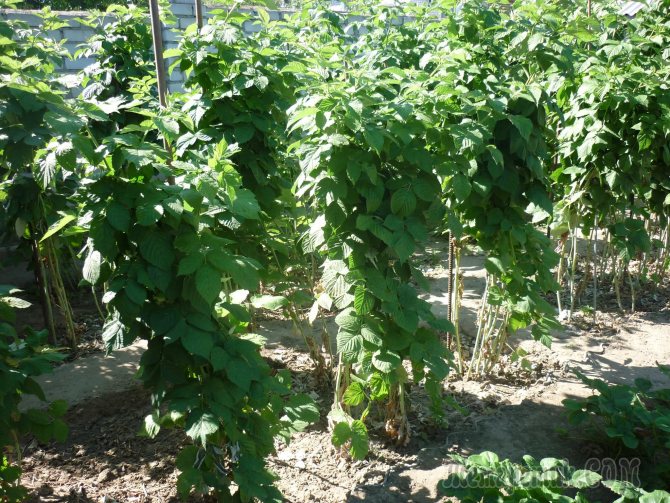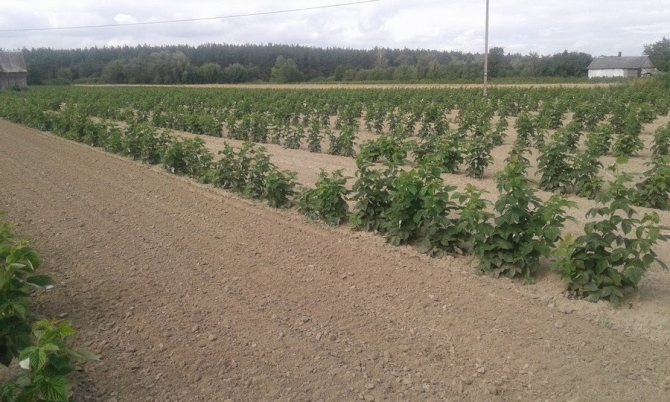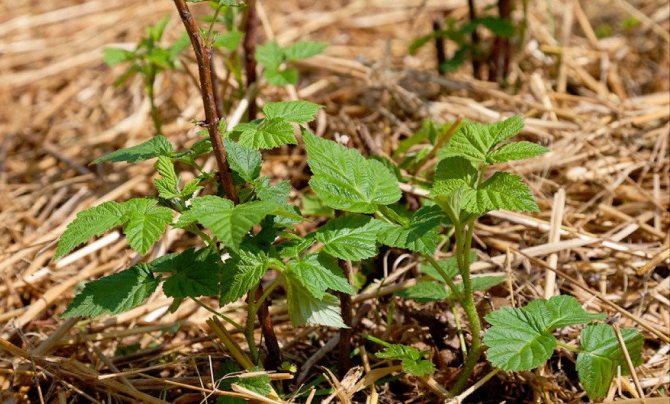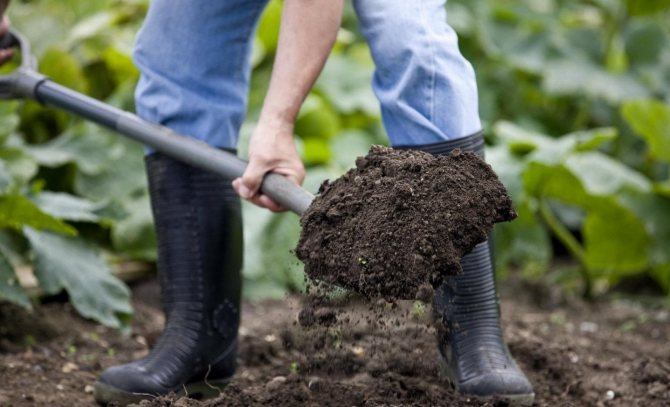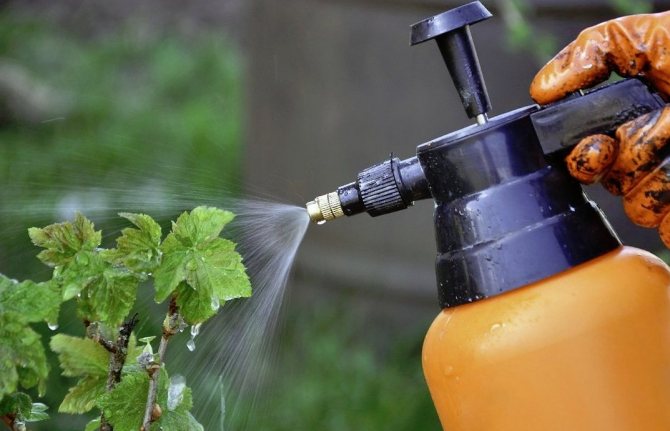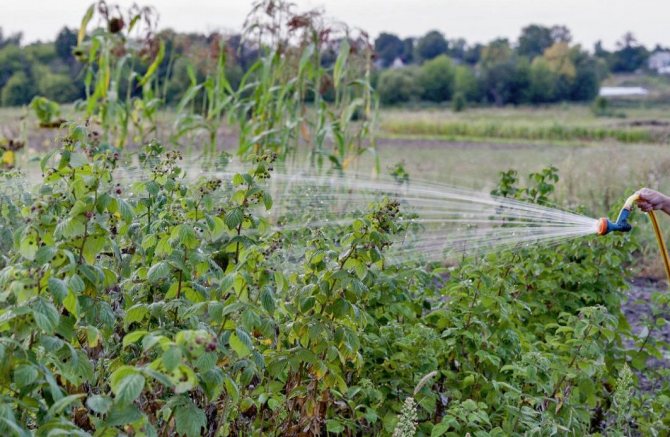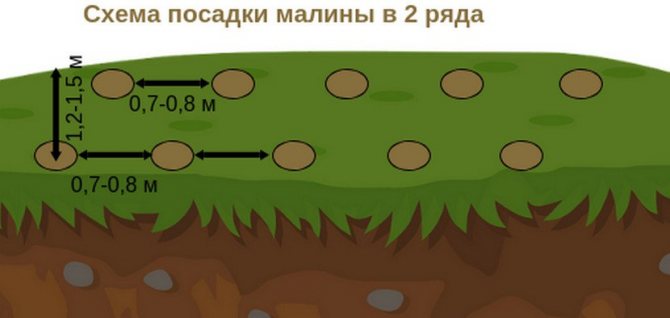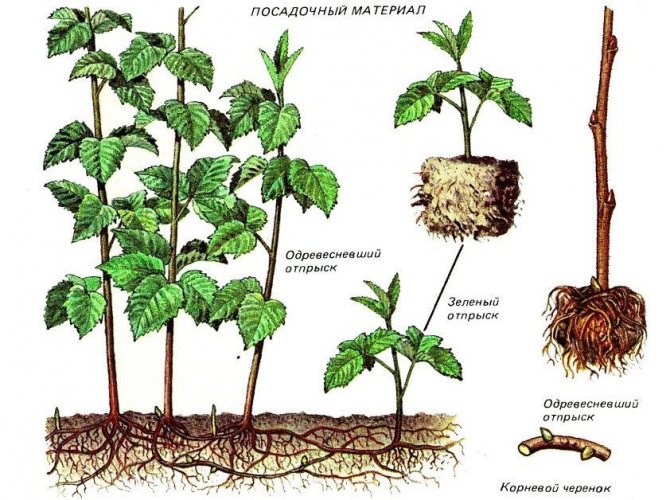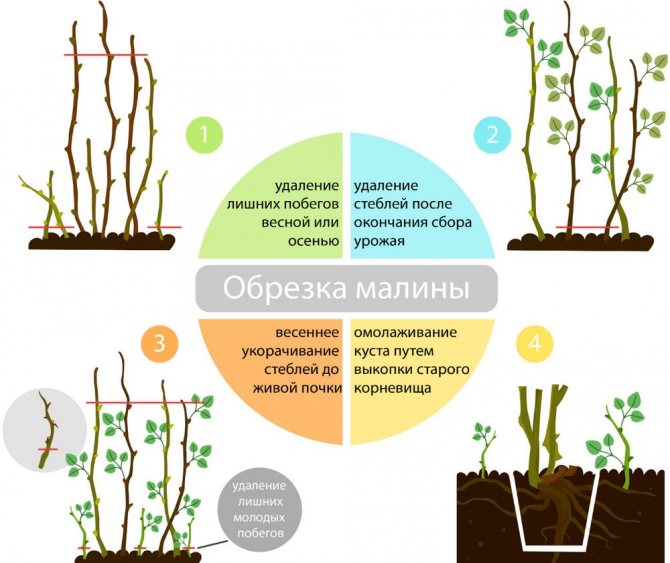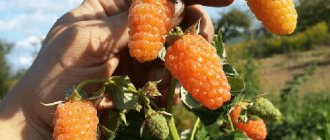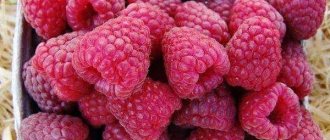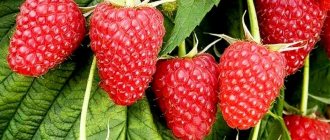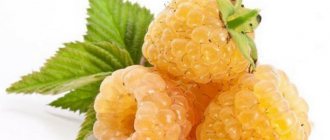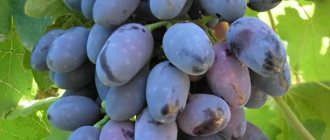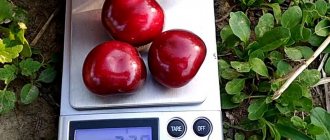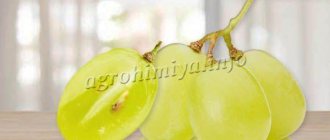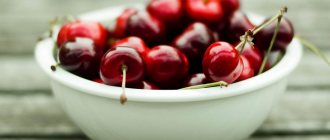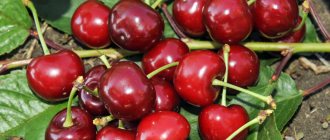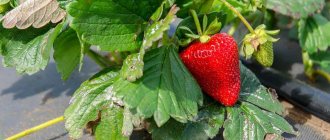Repaired raspberry varieties are only gaining popularity, every year there are more and more such types of garden berries. The main advantage of remontant crops is continuous or repeated fruiting - a gardener can harvest several crops in one season. Just nine years ago, a new variety of remontant raspberries was introduced in Scotland, which was named Joan J. The advantages of the Joan Jay variety were appreciated by gardeners all over the world; in recent years, this raspberry has already been actively grown in Russia.
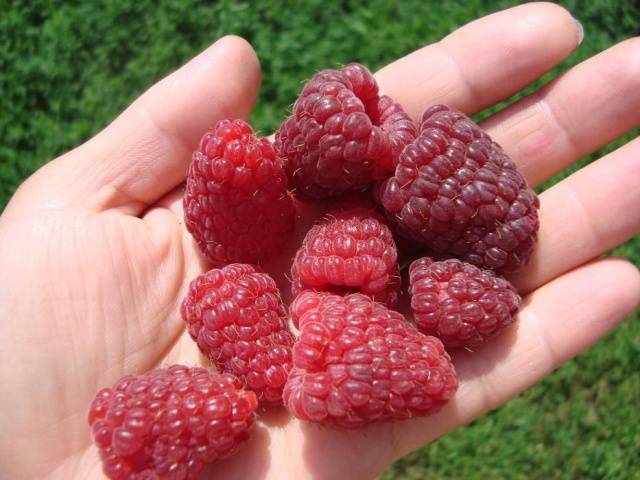
Description of the Joan G raspberry variety, photos and reviews about it can be found in this article. All the advantages of the remontant type will be listed here, a detailed description will be given, as well as the rules of agricultural technology.
Joan Gee cultivar characteristics
Usually remontant varieties have a certain taste. The same cannot be said about Joan J. Raspberry. Jenning Derek produced plants that earned a possible tasting score of 5 out of 5, 4.7.
- Raspberry Joan Jay with early and long ripening. The fruits appear in July and continue to delight until mid-October.
- Plants with small, up to 1 m bushes. With thick, resilient shoots. There are no thorns.
- Each stem gives more than 5 shoots with a length of up to 50 cm. And on each in the first year, from 60 to 80 large berries, weighing 6 to 8 g, of a rich red color, with a sweet-sour, dessert taste and raspberry aroma appear.
- Unripe fruits are distinguished by white tips, ripe ones - with a uniform color.
- The culture tolerates drought and high temperatures.
- Frosts without shelter, plants are kept up to -16 degrees.
- Although the plants are unpretentious, they love feeding.
- And garters on trellises so that the branches don't bend or break.
- Joan G raspberries are processed and frozen.
- It is not grown on farm plantations because it misbehaves during transportation and cannot withstand long-term storage. Usually gardeners and small farms are engaged in its cultivation.
Yield
Joan Jay is a remontant of early ripening, bears fruit on the stems of the current year from the end of July, the main berry is in September, and in October it gives up its entire harvest. Now some gardeners have figured out one more simply super-dazzling highlight of this beautiful raspberry.
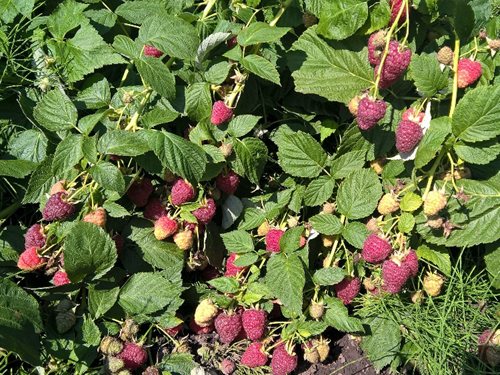

In late autumn or early spring, the trunk is not cut to zero, as is usual for agricultural technology, but by half or even less - up to 30 cm long. This provides a record ultra-early fruiting from the 20th of May to July, and then, after a very short break, new shoots are included in the work on the berry. It turns out an almost continuous berry conveyor, and the variety itself can be safely ranked among the real "tutimers", capable of giving a full harvest twice a season. The same technique with pruning is used on another fruit remontant "hit", albeit a blackberry one - Black Magic, but pruning is carried out higher - from 1 meter.
The variety is very productive! The declared yield is 16 - 19 tons (for the well-known and proven, practically reference remontant Polka, the yield is at the level of 8 - 10 tons). In our conditions, it is capable of giving up to 600 grams per shoot in the first year at early planting dates. The next year, the yield increases significantly and is already up to 1 kg, respectively.In terms of berries - about 100 pieces in the first year, and in the next up to 500, provided there is good branching (regrowth of the sides).
Root shoots Joan Jay gives a lot, which is great for those who are engaged in breeding for personal planting or selling seedlings, but you will have to normalize the number of stems in a row on fruiting plantings a little more often. Usually 10-12 pieces are left per running meter.
Strengths and weaknesses of the Joan G variety
The comments about Joan Jay are good.
The pluses include:
- Easy removal of ripe fruits from the stalks, so there is no shedding.
- Thanks to the dense skin, berries can be preserved during transportation and harvesting.
- Fruits with good taste.
- Resistant to drought and heat.
- Plants have many processes, so it multiplies easily.
Disadvantages concern:
- Not very good winter hardiness. Plants are covered for the winter. Or they are grown only in the south without shelter.
- Without abundant dressing, Joan Jay's raspberries will not survive, the berries will begin to shrink and become tasteless.
Important!
Although these disadvantages are in all remontant crops. If you take good care of it, you can collect up to 6 kg from each bush. Or 18 tons per hectare.
Description
Bushes of medium vigor, with a height of 1 to 1.5 meters. Stems are thick, powerful, well branched. The length of the sides is 50-70 cm, and the main thing is that on each of them full-fledged fruit branches are formed - laterals, as on productive varieties of summer raspberries. A big plus is that the shoots are absolutely smooth - without any thorns, light green, erect, but due to the high yield, they can bend to the ground, loaded with fruits. Therefore, it is highly desirable to use a trellis to obtain a full harvest and the placement of branches on it greatly facilitates the care of plants and the selection of berries. The leaves are large, with three or five leaflets and a deep pattern.
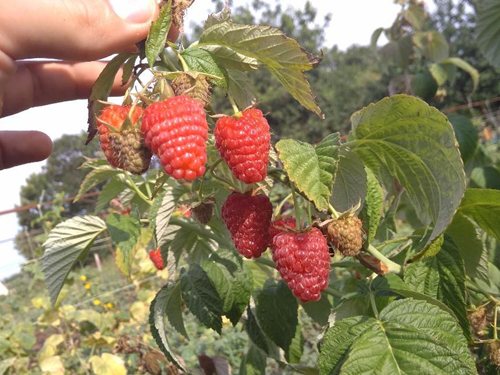

One of the indisputable and main advantages is excellent taste, one of the best among all repairmen. The berry is sweet, juicy, with a rich raspberry aroma. The sweetness persists in cool rainy weather. The berries are large, wide, elongated-conical, very even, bright red, rather even ruby, but darken when fully ripe.
They are easily separated from the fruit, with a dry separation. Drupes are homogeneous, small, well adhered to each other. Berries weighing 4-6 grams can go up to 8 grams. The average weight in the season is 5 g and throughout its entire length the fruits do not significantly shrink. The pulp is quite dense, elastic, but the skin itself is of medium strength. When ripe, they can hang on the bush without shedding for up to a week, but in the hot summer months, dark berries burn heavily in the sun, and this is considered one of the problems of Joan Jay's cultivation, especially for the southern regions. Way out - cultivation in tunnels covered with agrofibre, opaque film, or shading mesh over the plantation. But it is not convenient and affordable for everyone.
Ripening of berries occurs from the base to the tip, which demonstrates the degree of their ripeness, serves as a kind of indicator of readiness. For transportation and subsequent sale, it is advisable to take fruits with a light tip, well, but for personal consumption, canning, frosts are taken completely colored, in which all the wonderful aroma and rich taste are widely revealed. So the English originator of the variety for commercial purposes recommends a daily sample of fruits with an incompletely colored tip.
How to land correctly
Important!
Purchase seedlings in nurseries, which are given good recommendations in the reviews.
- The entire vegetative period can be engaged in planting Joan Jay raspberries. Usually shoots with closed root systems are planted when mid-spring comes and before frost. 99% of them take root. But this figure applies to the south.
- For survival, dip the roots in biostimulants or in a solution with phosphorus - potassium fertilizers.
- Raspberry trees should be sunny and protected from wind and draft. The soil is loose, nutritious, drained.
- 30 days before planting, prepare the pits, with the enrichment of the earth with organic matter from humus or rotted manure. You can use the pit method or trench.
- When planting under each plant, pour about 30 liters of water.
- Next season you will already be with berries. And if they were planting in the spring, then this year.
Feedback
Dmitry Ivanovich, 62 years old, Tomsk
Several bushes Joan Jay gave me an acquaintance. I planted this raspberry late - at the end of May. The first thing that surprised me was that already this year the bushes have grown to almost a meter and have tied a lot of berries. Only on one shoot, I counted 80 pieces! The raspberries themselves are large, the berries are even larger than those of the Shelf. I also liked the taste of the new variety more. The berries are dense, fleshy, with a light strawberry or strawberry aroma. For the winter, I prune all remontant varieties almost to ground level. Since I have a large raspberry tree, I use a powerful brushcutter for pruning (everything with stumps is normal, they do not crack, all the cuts are even and neat). There is always a lot of snow in our land in winter, so I don't plan to cover Joanne additionally. I look forward to a large and tasty harvest next season!
Care rules
- Choose the correct, lit spot for the raspberry tree. Thin bushes. Remove old, excess growth.
- On summer days, especially on dry days, watering of 25 liters per meter is required. You can pour water into the grooves made with a hoe. You can arrange rain watering in the morning and evening.
- The soil should be loosened, weed-free, with organic mulch.
- Do feeding often and a lot. As soon as the snow melts, give the first portions to Joan J. Scatter organic matter and minerals on the ground. Feed the raspberries a second time when they are actively growing with liquid fertilizer with mullein or chicken droppings with water.
- Raspberry Joan Jay loves urea and ammonium nitrate fertilizers. When the second half of summer comes, irrigate the raspberries with mineral fertilizer.
- Arrange for the culture of prevention 4 times a season so that infections and pests do not appear.
- Tie bushes with berries better. Supports or wires can be used. Otherwise, a bountiful harvest will tilt them to the ground.
- Prune in the spring and fall. The main pruning when there are no more berries on the bushes. Cut out all one-year-old shoots, leave 3 cm each. In the spring, in mid-April, carry out sanitary pruning. Remove diseased and dry plants. Leave up to 1 healthy bud in shoots.
- For winter, cover the plants with coniferous spruce branches, sawdust, straw. When snow appears, make mounds out of it.
Important
! A snowy shelter with hills over raspberries is the best.
- For reproduction, dig up the root shoots and plant, like seedlings. Joan Jay can reproduce well and quickly by herself.
- A regular harvest is necessary, preferably every week so that the berries do not overripe.
Reproduction methods
There are several ways to breed raspberries:
- With roots. This method is used in the spring. The plant is dug up, after which the best roots are selected from its root system. They are germinated and planted in a new place.
- Division of the bush. If the variety produces few root suckers, it is propagated in this way. The shrub is divided into two parts, each of which should consist of 2-4 young shoots.
- Cuttings. For planting, shoots are taken that remain after pruning. They are germinated and planted in the ground.
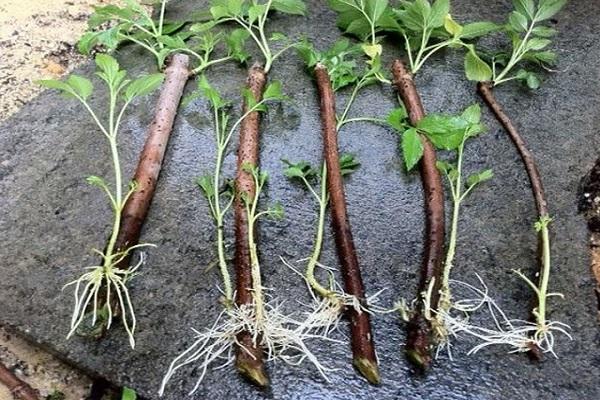

Varieties of black kishmish
The grapes of this variety are mid-season, table. The bush is vigorous, the length of the vine is up to 2-2.5 m. Its leaves are medium-sized, strongly dissected, three-lobed, dark green. The flowers are bisexual, emerald hue. The berries ripen 3 months after the beginning of flowering.
The bunches of the Kishmish variety are in the shape of a cylinder, dense, their weight is 300-700 g. The berries are not very large, oval, elongated at the top and slightly flattened at the bottom. One berry has a mass of 2.7-3 g, dark blue with a gray waxy bloom. The pulp is juicy. The taste is delicate, fruity, high sugar content, 22-27%.
Kishmish has several varieties with excellent taste of berries and immunity.
Black finger
The second name is Black Finger, bred in Israel. The variety is distinguished by elongated large berries up to 3 cm long, weighing up to 14 g. Its clusters are 1-1.5 kg. The skin is firm. Has immunity to diseases, withstands frosts down to -20 C. Delicious, sugar content 20%. After the start of the growing season, it ripens in 150 days.
Black emerald
It is called Black Emerald. Early variety, American. From the beginning of the growing season, the berries ripen after 105 days, at the end of July. Bunches weighing 400-600 g, berries 3-6 g with dense pulp. The brushes weigh 500 g. Its yield is very high, but it is not resistant to diseases. It tolerates a temperature of -23 C.
Read next: Adele grapes: a description of the variety - Sam-Village
Black sultan
Derived from Glenoru and Talisman hybrids. An early variety, ripens 120 days after bud break. The bush is vigorous, pollination is not required, bunches weighing up to 700 g. Berries with a fruity aroma of 2-5 g. Sugar content of the variety is up to 24%. Withstands frosts down to -25 C. Possesses immunity to mildew, gray rot, powdery mildew.

